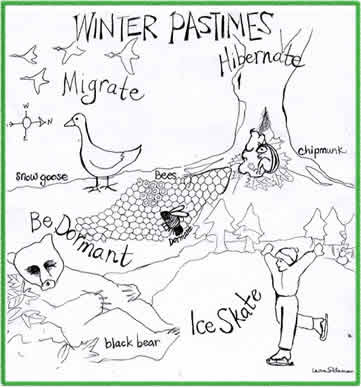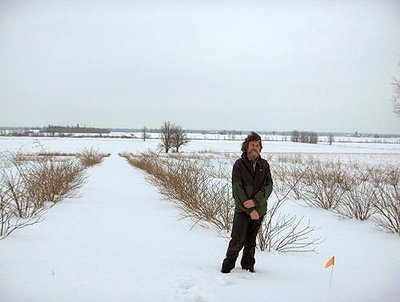Don’t Cut Your Burdock Down!

The burdock is just starting to flower in Vermont. We think of burdock as a “pest plant” because the very tenacious “burrs” get caught in our clothes or our dog’s coat. But burdock flowers provide essential pollen and nectar for honeybees at this time of year, coming as they do when clover is on the wane and before the goldenrod starts to bloom. In the photograph you can see the tan pollen granule in the pollen basket on this worker bee’s leg.
In the past I used to cut the burdock plants down before they went to seed so they wouldn’t spread. Now I leave them for the bees. If you want to avoid having the burrs around, simply wait until they flowers have dried up. There is an in-between time when the flowers are no longer providing food for the bees, but the burrs haven’t dried enough to stick to everything. That way you’re not taking away the bees’ food.
The burdock plant is very medicinal and the root can also be used in cooking. I have to laugh when I see the roots for sale at the health food store, since there are so many free plants right in our back yards!
Find out more at horticulturecenter.illinoisstate.edu/gardens/documents/weeds_000.pdf . The pdf document also provides information about chicory, ground ivy, dandelion, and mullein — other plants that are food for honeybees and provide them with a varied diet.
Annie Watson

